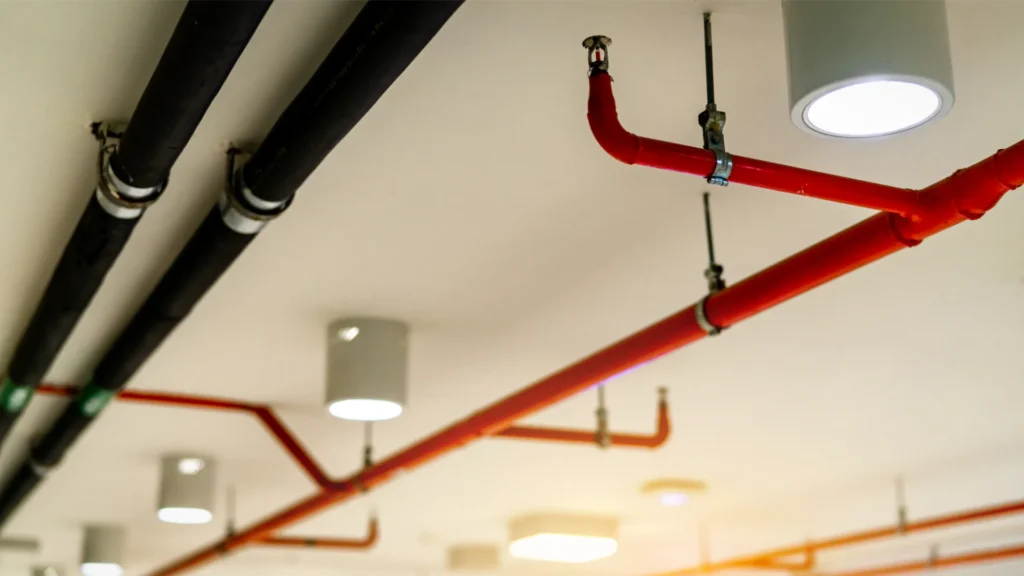Sydney fire safety goes beyond than just checking off boxes. The Annual Fire Safety Statement is the central element of the system. It does more than meet the legal requirements, but also demonstrates the owner’s dedication and dedication to security. In conjunction with the Fire Safety Certificate, the AFSS forms the basis of a well-organized system that assures the safety of the building’s occupants and reassures insurers. It also gives councils confidence in the structures of their city.
What is the reason for an annual Fire Safety Statement
The Annual fire safety statement Sydney requirement was never designed to be paperwork for the sake of paperwork. This requirement was created due to, no matter how good the fire protection system constructed, it can only function if it’s regularly tested, maintained and certified. A sprinkler put in place ten years ago might seem fine, but without inspection there’s no way to guarantee that it will work in an emergency.

The AFSS insists that property owners show each year, that all fire safety measures within their home, from alarms and hydrants all the way to lighting at the exits — still meet the standards initially set by the Building Code of Australia (BCA). This is more than an inspection. It’s an announcement to the world that lives are protected and that the structure is capable of surviving a critical event.
The difference between AFSS and Fire Safety Certificates
Owners frequently make the mistake of confusing the Fire Safety Certificate with the annual statement, but both certificates have different purpose. The certificate is issued after a new system is installed or after major improvements are made. The certificate demonstrates that the new measures are in compliance with the regulations prior to a building or tenancy can be used. The AFSS is a step after the fact. The AFSS has a continual responsibility to prove that the same systems are still meeting the standard each year after installation.
Taken together, they create the cycle of security: Certificates confirm that safety systems are installed correctly and annually-reviewed statements confirm that those systems are maintained throughout the life of the building. Failure to complete either of these steps weakens the entire system of protection.
The Responsibility entrusted to Building Owners
The AFSS in New South Wales has a distinct feature that puts the responsibility for the process on the homeowner. As opposed to other forms of compliance where defects may be classified as minor or major or major, the AFSS system does not allow the creation of a hierarchy. The whole statement is null when any one of the measures fail.
Owners are required to be proactive. The owners must meet strict deadlines when scheduling inspections, engaging certified practitioners, arranging repairs and submitting documents to the council. For commercial landlords and strata committees, this also includes coordinating between tenants contractors, insurers, and tenants. Although challenging, the structure was created to ensure that the safety of tenants will never be compromised.
The Impact of AFSS Beyond Sydney
The AFSS isn’t only about legal compliance. It has more broader implications. If you are considering renting a space, tenants frequently inquire about the safety statements of the building. Insurers also frequently request the copy prior to finalizing their insurance coverage. An up-to-date Annual Fire Safety Statement can influence the value of the property as well as tenant trusts and even insurance rates.
For councils, it offers security that ensures that all buildings throughout Sydney are continuously monitored. For fire authorities the system is more likely to be in operation during real emergencies, reducing hazards for both the occupants of the building and firefighters. The AFSS isn’t just about safeguarding buildings. It is as well about making the city safer for all of us.
Conclusion: AFSS is a Standard of Trust
It may appear as a burden for bureaucrats, but the annual Fire Safety Statement Sydney is actually a trust standard. It is a sign that the fire safety measures are not left up to chance. It also proves that the equipment is trustworthy and that building owners bear the responsibility of their residents health and well-being. This certificate, when used with a Fire Safety Certificate completes the method of verifying the installation of safety measures and their continual performance.
The conclusion for property owners is clear: AFSS is much more than a deadline. It’s a commitment to the community’s trust security, accountability and safety. This commitment makes the AFSS important in the city’s growing urban environment, where thousands rely upon safe and sound construction.
